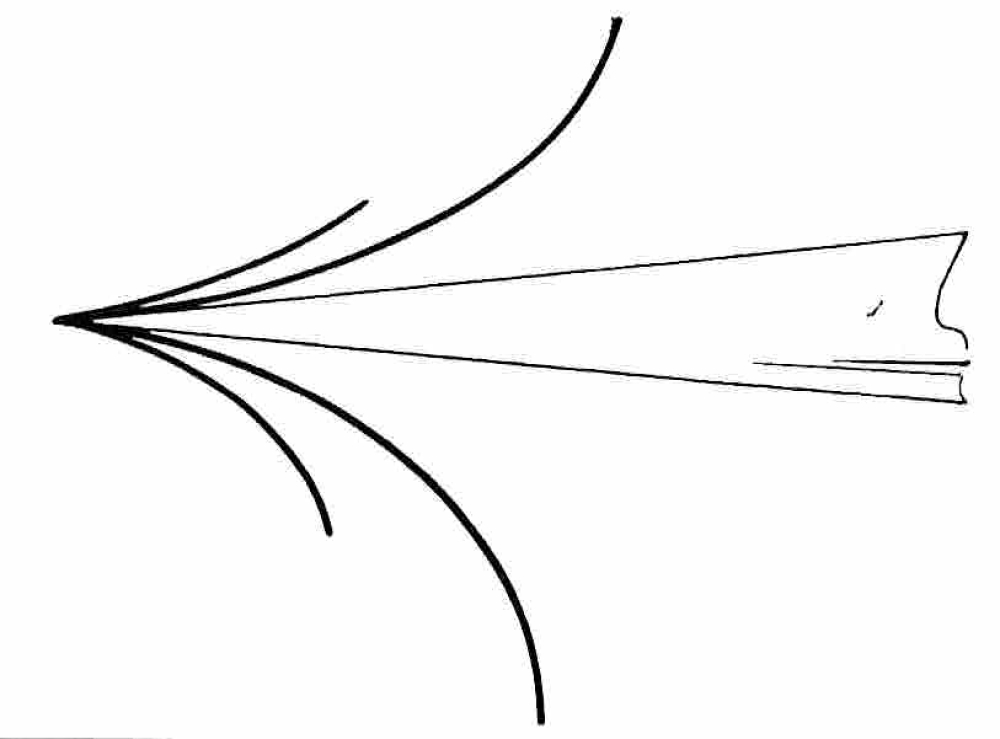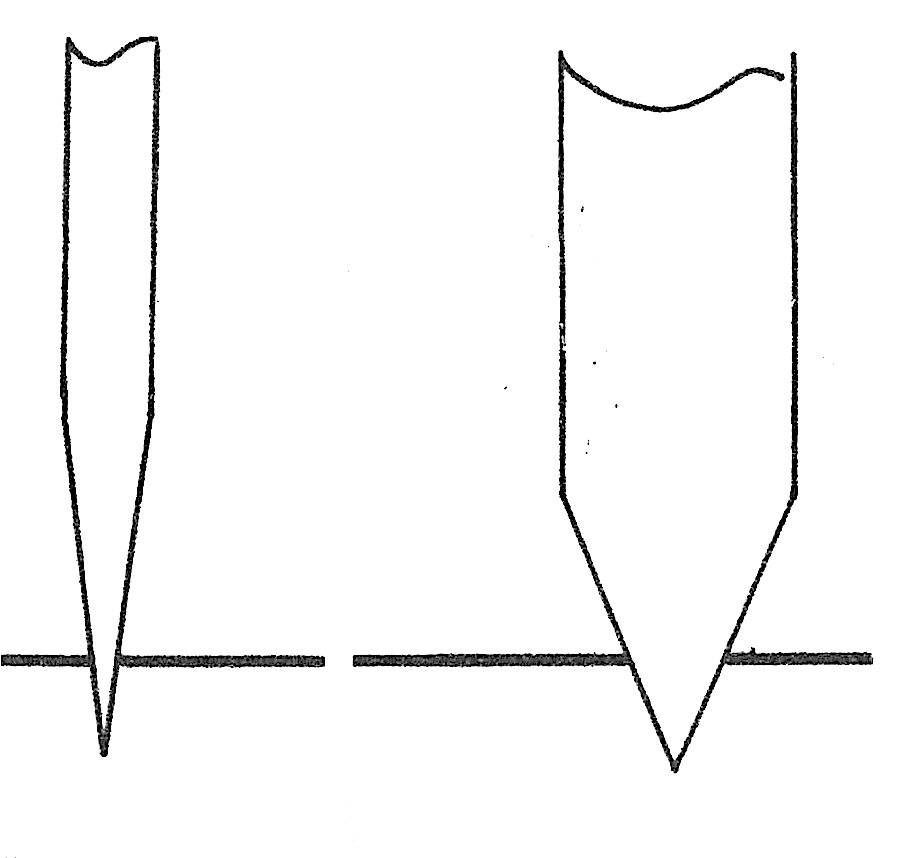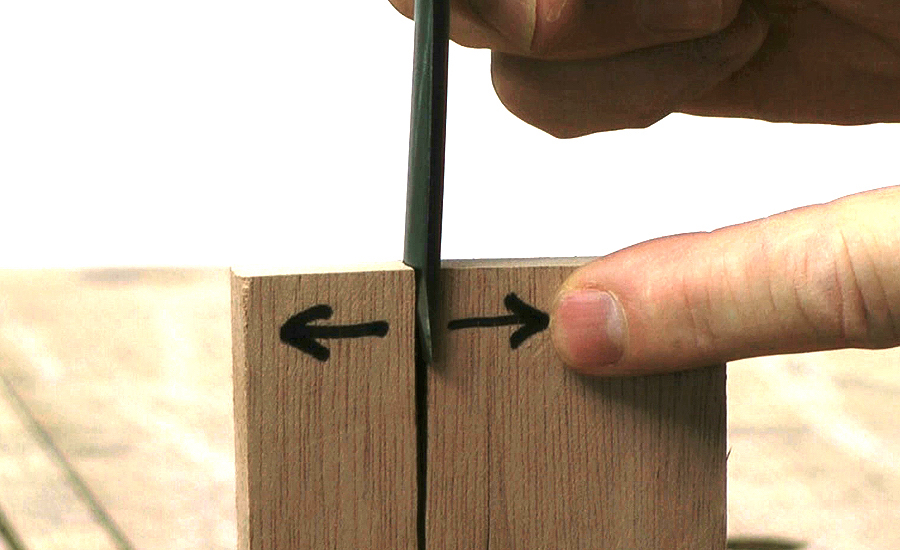Releasing the Pressure
16.03.23

Reading time: 1:30 mins
A lot of carvers, even those with experience, think that the cutting edge of a carving tool is everything.
So, if you've got yourself a sharp cutting edge... Up and away!
But this attitude misses something crucial:
The edge is only there because planes on either side of the blade converge.
In other words, the bevels come together at the cutting edge (either two bevels, inner and outer, as I use; or a single bevel one side and flat face - a virtual bevel - on the opposite, as in a carpentry chisel).
Here the take away: Effectively, the working part of your carving tool is a glorified wedge of metal…
What happens when you push your gouge into the wood is this:
1 First, the sharp cutting edge nicks the wood
2 Then, as the blade moves forwards, the wedge formed by the corresponding bevels follows through, immediately prizing apart the wood fibres. The two actions are, of course, inseparable
3 The wedge of metal exerts sideways pressure. One side of the cut is a solid lump of material so the wedge pushes against this lifting the thin wood at the surface, which is your shaving
4 The wedge also fractures the inner surface of the shaving as it releases from the block and causes the shaving to curl. This happens especially so with an inner bevel, which acts like the breaker in a bench plane.
Get a piece of clean wood and one of your carving tools. Slow everything right down and really have a look!
Why is it vital for you as a carver to understand this?
1 Think about wedges:
The wedge of metal that results from the bevels can be ‘fat’ or ‘thin. This in turn affects how the carving tools behaves.
Here’s a picture from my book Woodcarving Tools, Materials & Equipment that sums this up:
 I hope you can see that the wedge on the left is really sharp, going into the wood easily - but must perforce be quite fragile. When it's embedded, you wouldn't want to wiggle it ...
I hope you can see that the wedge on the left is really sharp, going into the wood easily - but must perforce be quite fragile. When it's embedded, you wouldn't want to wiggle it ...
The wedge on the right on the other hand is obviously a lot tougher and resilient - the sort of end you'd see on a stonecarving chisel. But imagine pushing that into wood!
So, your job when you commission your carving tools is to find the goldilocks spot that balances the sharpness of the wedge with resilience.
Again, the sharp edge of the 'wedge' matters, yes, but so does the wedge itself. Inseparable features.
2 Think about where that sideways pressure goes:
This sideways pressure is happening all the time - every occasion you push your cutting edge into the wood!

And if you are not mindful, you can burst off some important element of your carving!
So always bear this aspect in mind as you carve.
And which is why, as I hope you know, we ‘line in’ carvings, especially when there are weak parts.
It's all about relieving that pressure...
Related videos:
- The Wedge Effect
- Lining in: For more about lining in, put ‘lining’ into the search box at the top of the directory of videos and you’ll see many examples of it in action.
